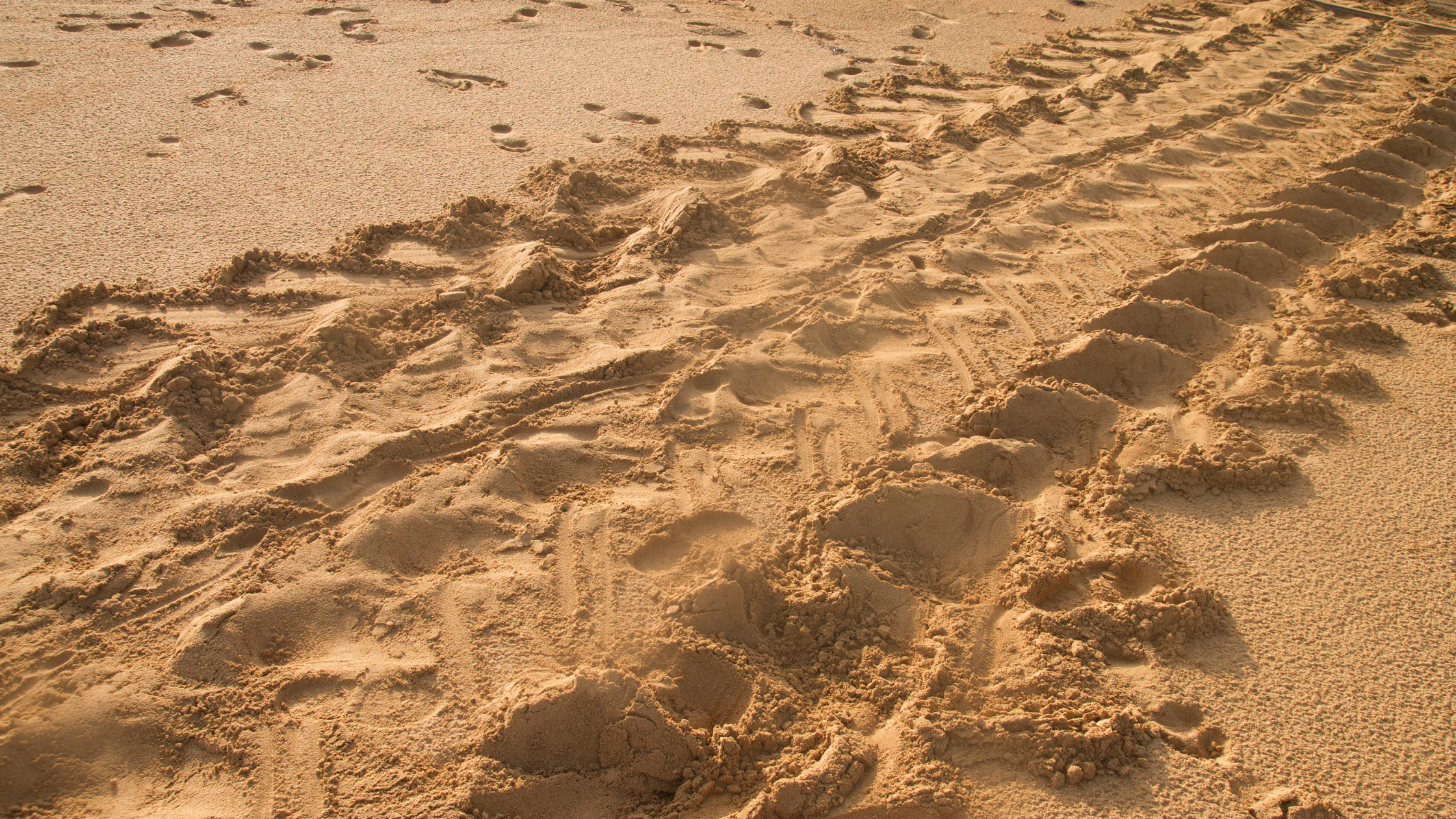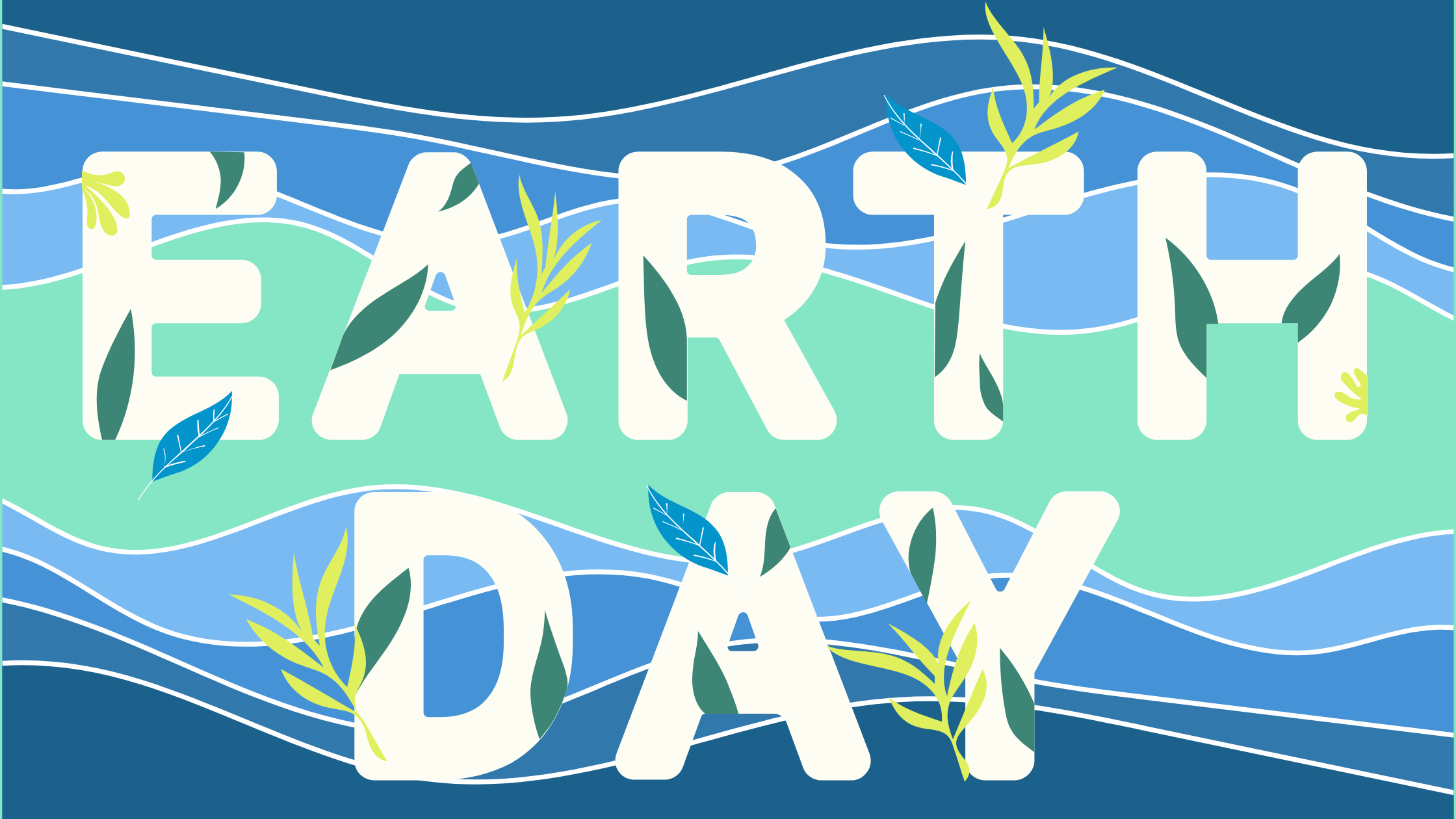Florida’s sandy shores come alive with a remarkable natural phenomenon each year: the sea turtle nesting season. As the sun warms the beaches, these ancient mariners return to their ancestral nesting grounds, leaving behind a legacy of resilience and wonder. Let’s dive into the fascinating world of Florida’s sea turtles and discover how we can protect these magnificent creatures.

The Loggerhead Legacy
Florida boasts the largest population of nesting loggerhead turtles worldwide. These gentle giants, scientifically known as Caretta caretta, grace our shores annually from March through October. Here are some key facts about their nesting season:
- Nesting Season: Loggerheads embark on their nesting journey during these months, diligently digging their nests in the sand.
- Nest Count: Between 2018 and 2022, an impressive average of 103,342 loggerhead clutches adorned our beaches.
- Threatened and Endangered: Over 100,000 threatened and endangered sea turtles choose Florida’s sandy havens for their summer nesting.
Guardians of the Shore
The Florida Fish and Wildlife Research Institute (FWRI) stands as a vigilant guardian, ensuring the safety of these ancient travelers.
Their tireless efforts involve two critical programs:
- The Statewide Nesting Beach Survey (SNBS), established in 1979, the SNBS program has meticulously documented the distribution, seasonality, and abundance of sea turtle nesting across the state. With 228 beach sites covering a total of 1,351 kilometers in 2021, this comprehensive survey provides invaluable insights.
- The Index Nesting Beach Survey (INBS) compliments the SNBS where the INBS program focuses on specific nesting sites. Together, they form a powerful duo, unraveling the secrets of sea turtle nesting behavior.
A Call to Action: Protecting Our Turtles
As inquisitive beachgoers, we play a vital role in safeguarding these ancient travelers. Here are practical steps to ensure their well-being:
- Hands Off: Resist the urge to touch or disturb nesting sea turtles, their delicate hatchlings, or their nests. Give them space and respect their ancient rituals.
- Fill the Gaps: Before leaving the beach, refill any holes you’ve dug in the sand. These holes can trap hatchlings or disrupt nesting sites.
- Sandcastle Etiquette: Sandcastles are fun, but dismantle them when you’re done. These structures can confuse hatchlings navigating to the sea.
- Dune Respect: Avoid walking on sand dunes. These fragile ecosystems stabilize our beaches and provide vital habitat.
- Follow the Signs: Use designated crossovers and walkways. Mind the signs that guide us toward responsible beach behavior.
- Lights Out: Artificial lights can disorient hatchlings. Turn off lights near the beach during nesting season.
- No Biking, No Walking: Steer clear of nesting areas. Biking or walking on these sensitive zones can harm nests.
The Trio of Turtles
Three remarkable sea turtle species grace Florida’s shores. Below you will find :

Loggerhead Turtle (Caretta caretta):
Our steadfast companions, known for their massive heads and strong jaws.
Green Turtle (Chelonia mydas):
These herbivores play a crucial role in seagrass ecosystems.


Leatherback Turtle (Dermochelys coriacea):
The largest of all sea turtles, with a leathery shell.
Let’s celebrate Florida’s sea turtle nesting season by becoming stewards of our beaches. Together, we can ensure these ancient travelers continue their timeless journey, leaving their delicate tracks in the sands of our hearts.
Remember: Every footprint matters. 🐢🌊
This article was inspired by the tireless efforts of the Florida Fish and Wildlife Research Institute (FWRI) and the awe-inspiring sea turtles that grace our shores. 12
Explore More:
- Florida State Parks: Sea Turtle Nesting Season
- Naples Florida Travel Guide: Lights Out For Sea Turtles
Join us in protecting Florida’s sea turtles! 🌴🐢
Discover more from Properly Palmer
Subscribe to get the latest posts sent to your email.





